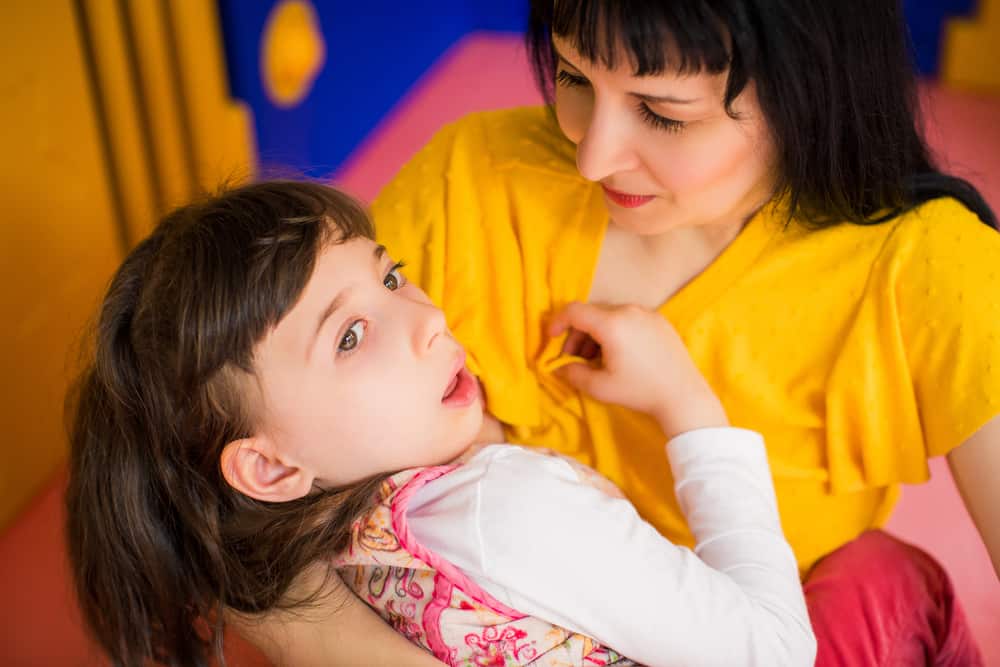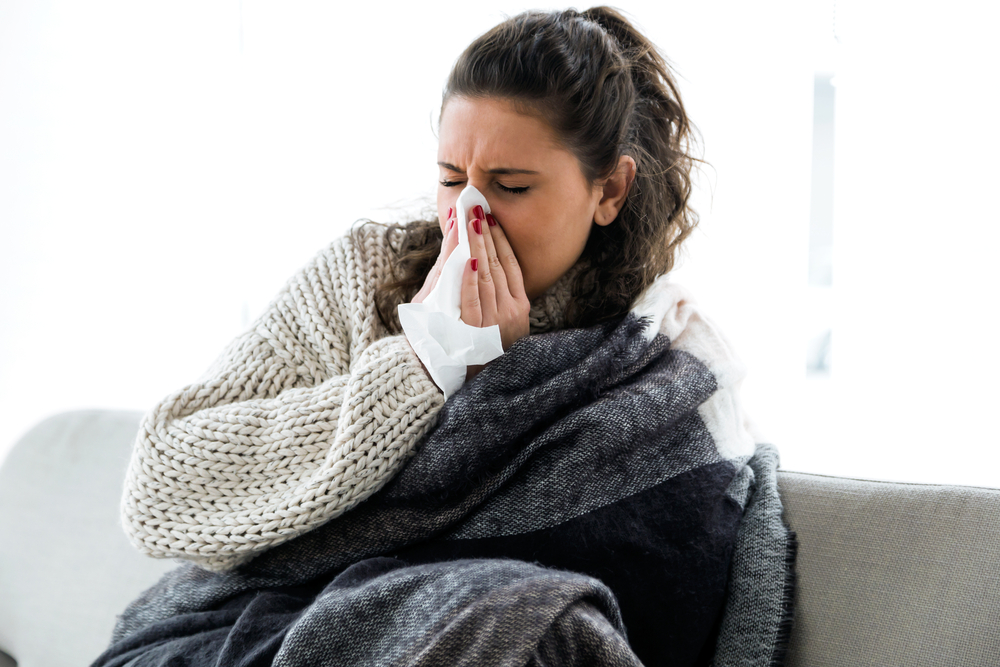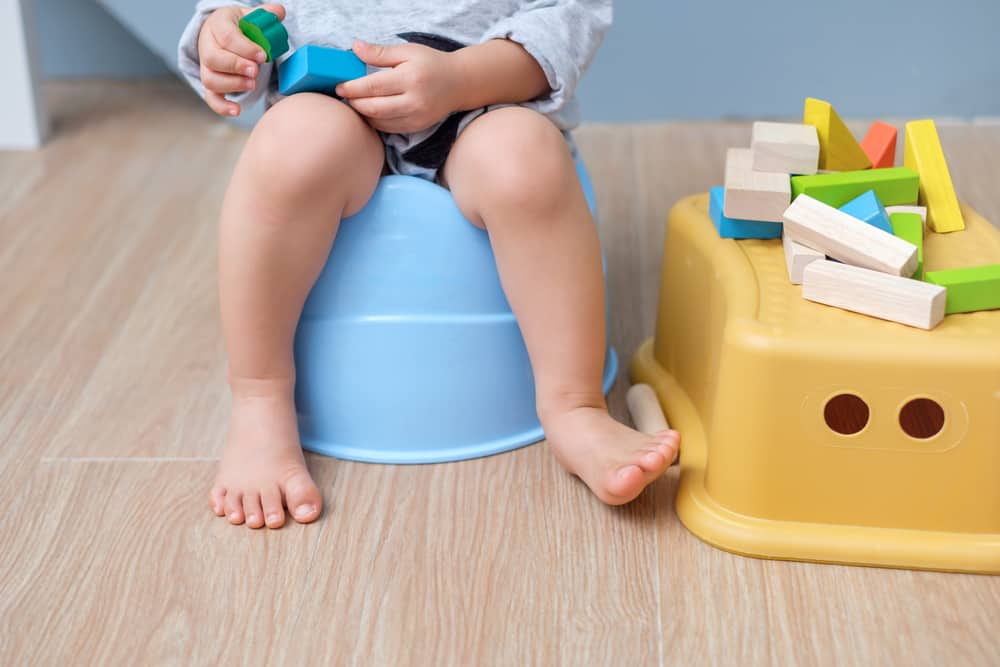Contents:
- Medical Video: Cancer Treatment: Chemotherapy
- What is chemotherapy?
- How does chemotherapy work?
- Chemotherapy is a cancer treatment with different goals
- 1. Curing cancer
- 2. Prevent and control the spread of cancer
- 3. Relieve the symptoms of cancer
- Side effects of chemotherapy
Medical Video: Cancer Treatment: Chemotherapy
You may have heard that chemotherapy is a type of cancer treatment. However, do you know what chemotherapy really is and how it works in a patient's body to fight cancer? How effective is this treatment in curing cancer? Check out the full review below.
What is chemotherapy?
Chemotherapy is a method of treating diseases using drugs. However, most people define chemotherapy (often abbreviated as chemo) as a cancer treatment method using drugs specially formulated to kill cancer cells.
At present, most chemotherapy treatments are carried out in hospitals or in palliative care centers. The patient will get an injection of chemotherapy through an IV. However, experts continue to develop chemotherapy drugs so that there are chemotherapy drugs in the form of drinking, no need to be injected again.
How does chemotherapy work?
Chemotherapy works by targeting cells that grow and divide at abnormal speeds, including cancer cells.
Unlike surgery or radiation therapy, chemotherapy does not target an area specifically, so that it can affect the entire body. That's why the results will also be effective on cancer cells that have spread (metastasized) to other parts of the body.
Unfortunately, chemotherapy is a treatment that will also affect healthy body cells quickly such as skin cells, hair, intestines, and marrow cells.
Chemotherapy is a cancer treatment with different goals
The results and goals of chemotherapy will vary depending on the type of cancer and its stage. Here are three main goals of cancer treatment with chemotherapy.
1. Curing cancer
In some cases, chemotherapy can actually destroy and eliminate cancer cells from the body. The best results, cancer cells will not come back again. However, not all cases are always like that. Again this returns to how severe the cancer is and where it is located.
2. Prevent and control the spread of cancer
If the cancer is difficult or even incurable, chemotherapy is done to control cancer cells so they do not develop and spread to become increasingly malignant. This will give patients greater life expectancy. In addition, there have been several cases where indirect chemotherapy was successfully carried out in one trial.
3. Relieve the symptoms of cancer
When cancer cells have spread to other parts of the body and develop into advanced stages, chemotherapy can be done to alleviate cancer symptoms such as pain, so as to improve the quality of life of patients. This treatment is called palliative chemotherapy.
Side effects of chemotherapy
Chemotherapy is a safe procedure. However, like other medical measures, chemotherapy can provide side effects. Side effects that appear different. From mild to severe, depending on the type and level of care and individual factors of each patient.
Some side effects that may arise, namely:
- Nausea and vomiting
- Alopecia (hair loss)
- Severe fatigue and weakness
- Hearing problems
- Low white blood cell count can increase the risk of infection
- Low platelet count and bleeding
- Low number of red blood cells and anemia
- Mucositis
- Loss of appetite
- Pregnancy and fertility problems
- Intestinal problems
- Cognitive and mental health problems
Hello Health Group does not provide advice, diagnosis or medical treatment.












